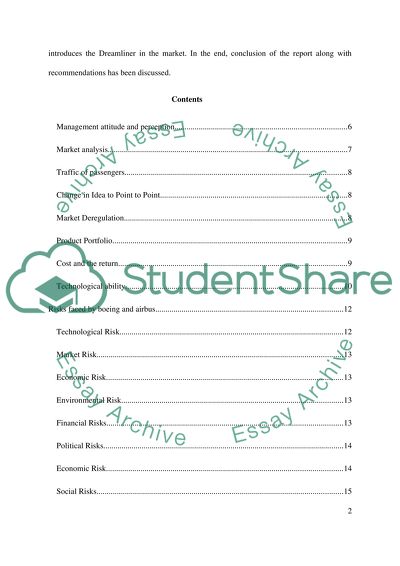Cite this document
(“Analysis of Airbus and Boeing Essay Example | Topics and Well Written Essays - 5000 words”, n.d.)
Retrieved from https://studentshare.org/finance-accounting/1398380-editing-of
Retrieved from https://studentshare.org/finance-accounting/1398380-editing-of
(Analysis of Airbus and Boeing Essay Example | Topics and Well Written Essays - 5000 Words)
https://studentshare.org/finance-accounting/1398380-editing-of.
https://studentshare.org/finance-accounting/1398380-editing-of.
“Analysis of Airbus and Boeing Essay Example | Topics and Well Written Essays - 5000 Words”, n.d. https://studentshare.org/finance-accounting/1398380-editing-of.


